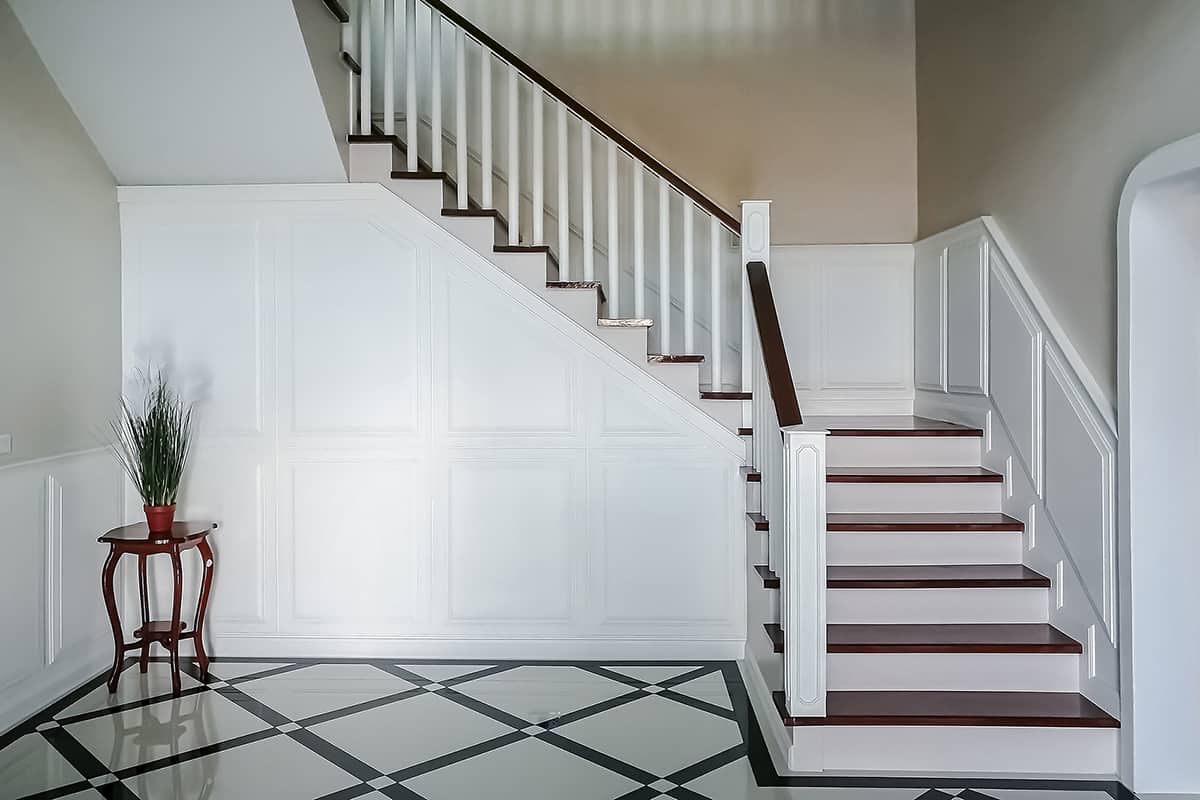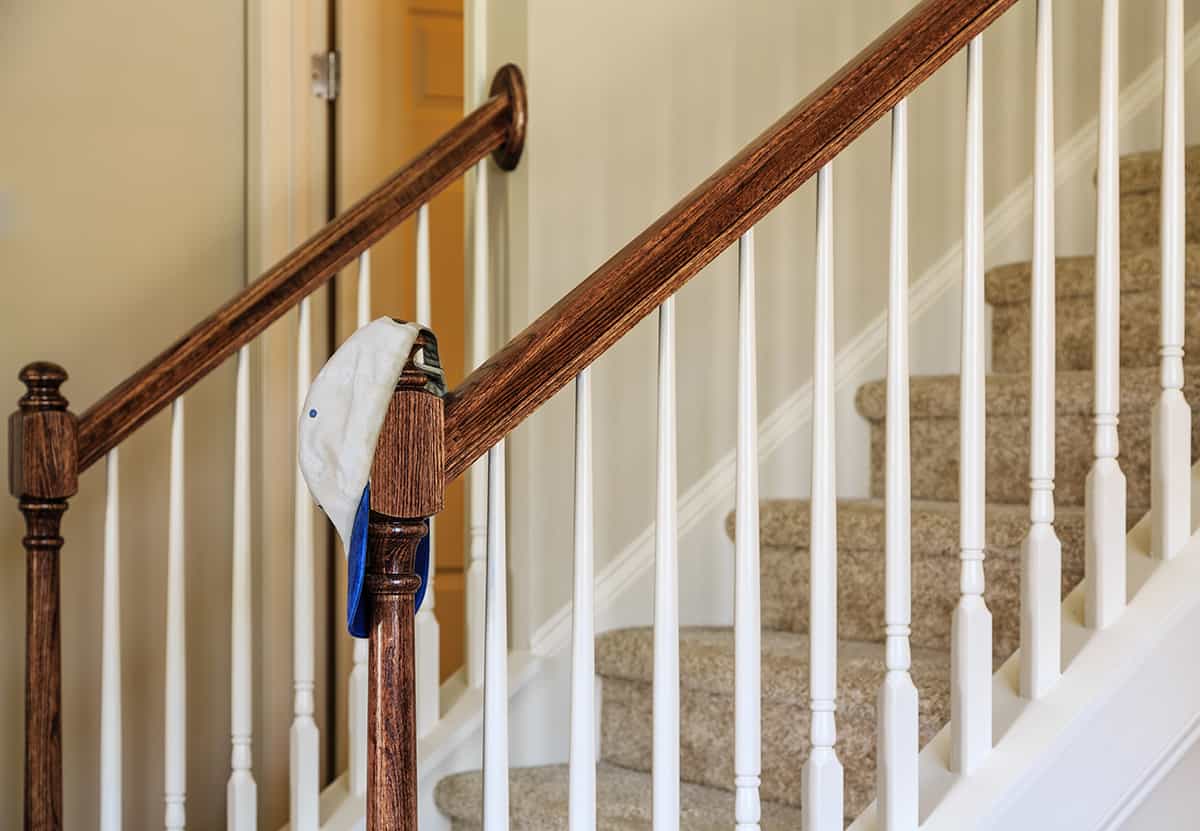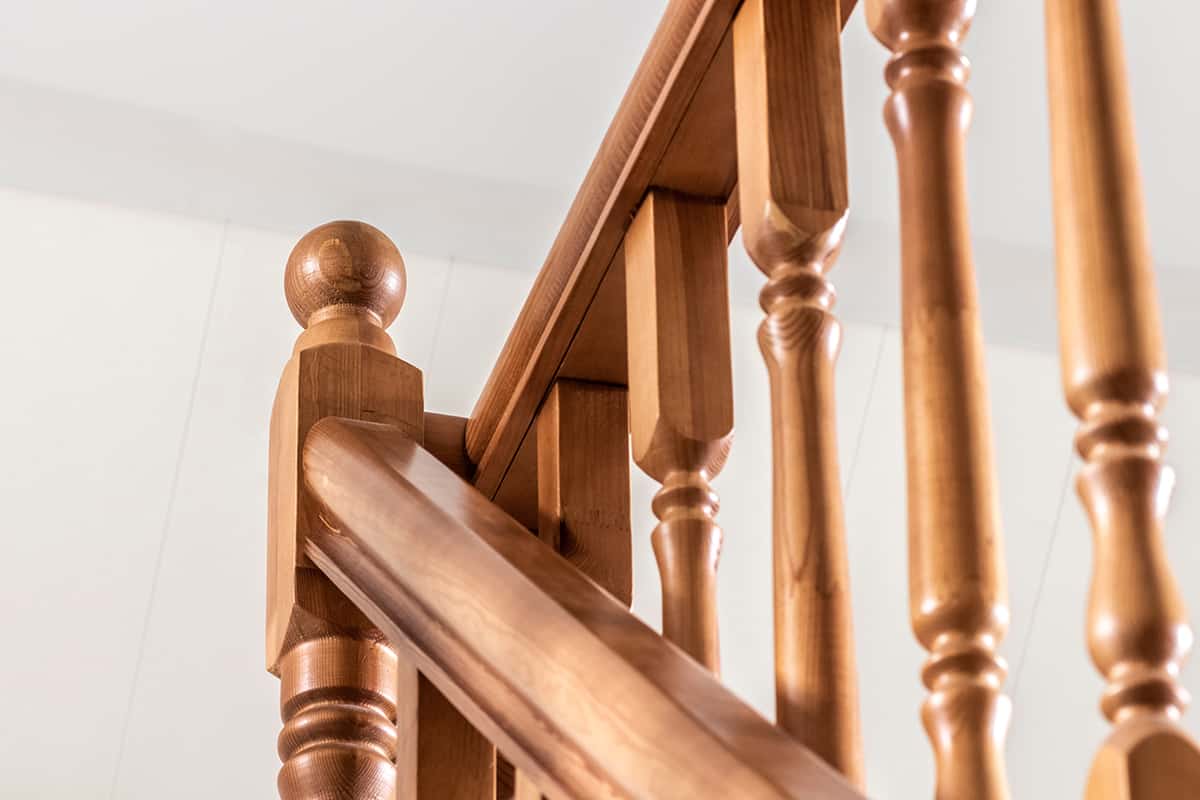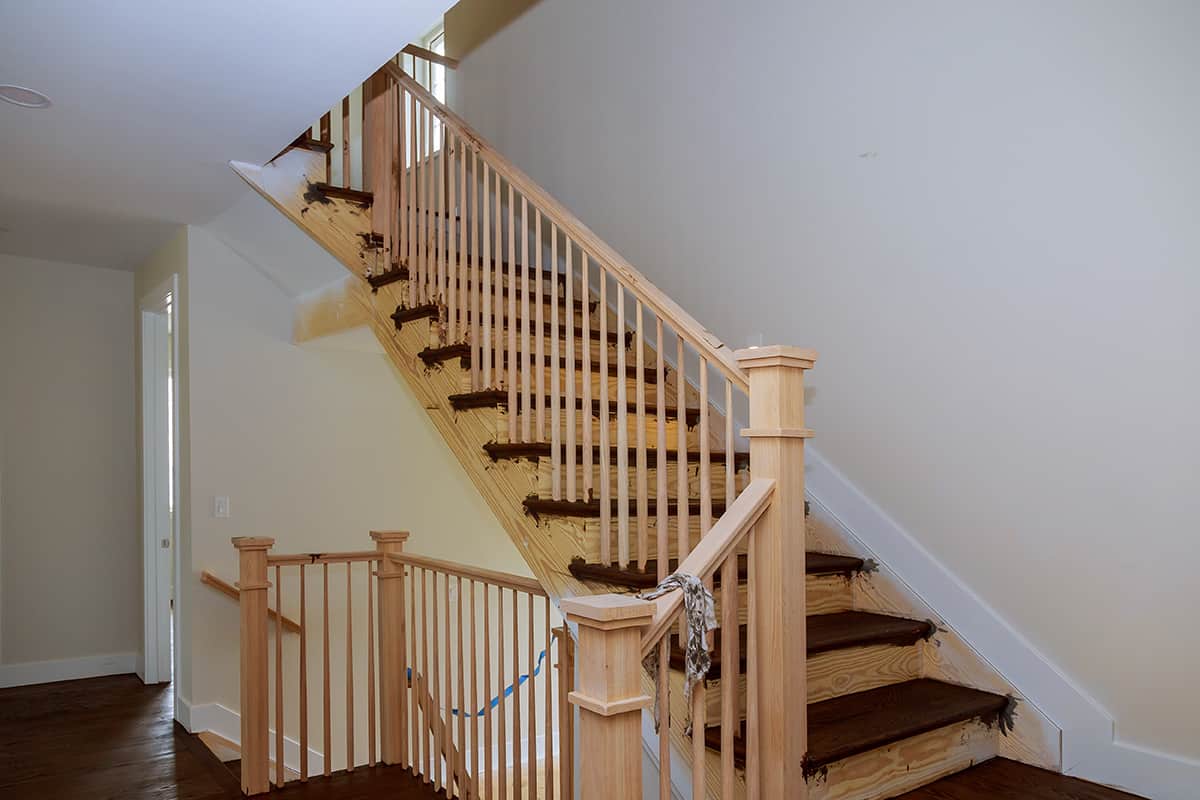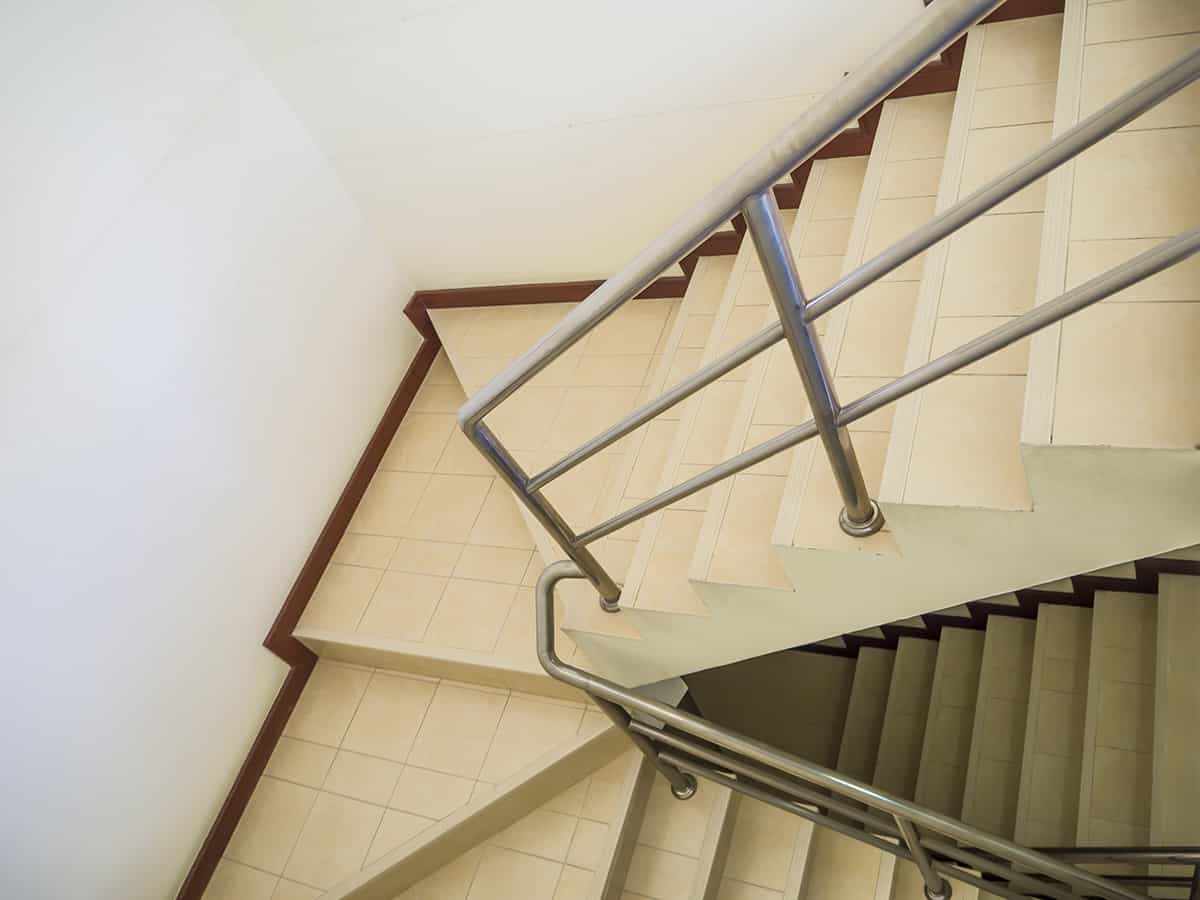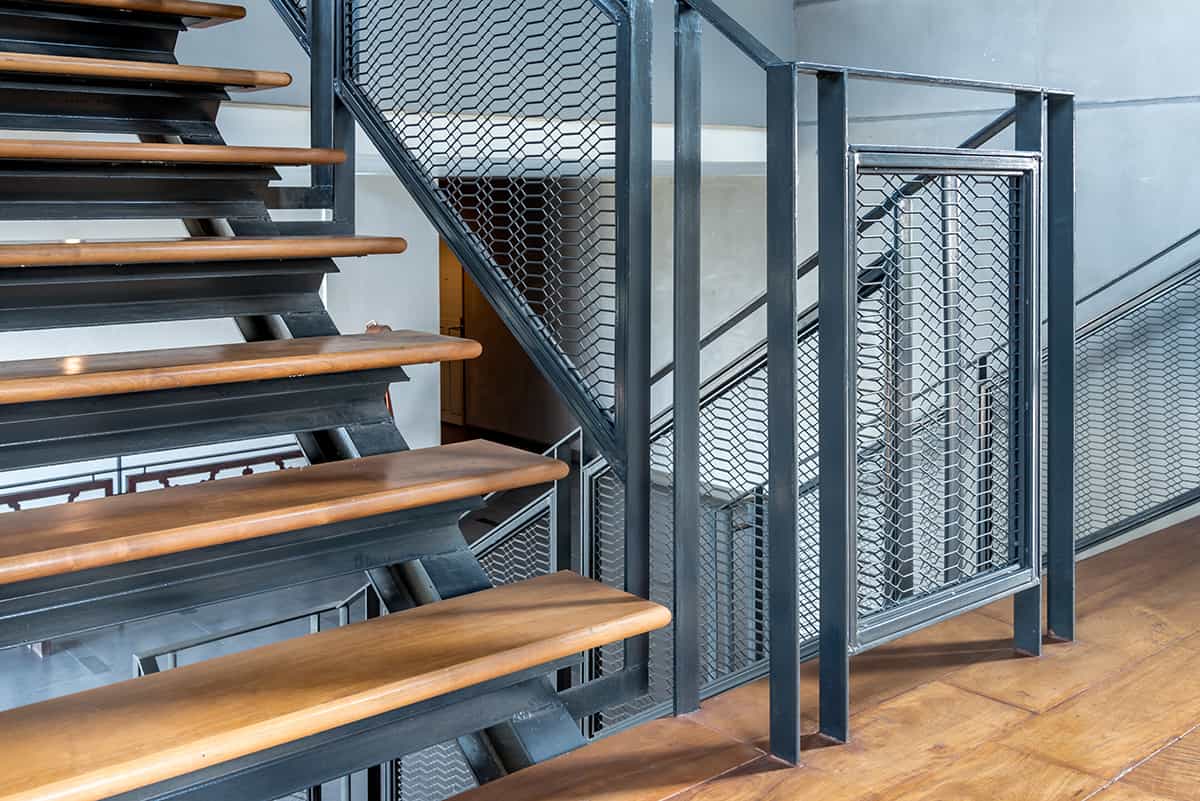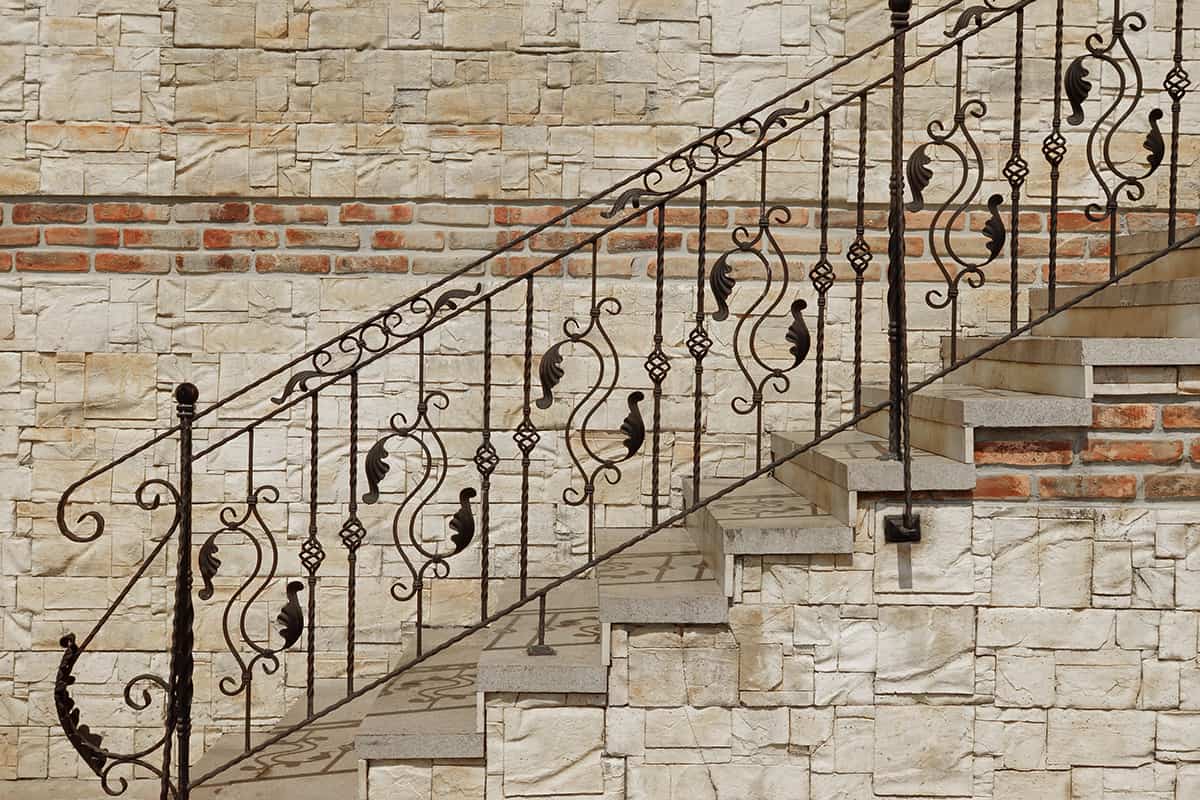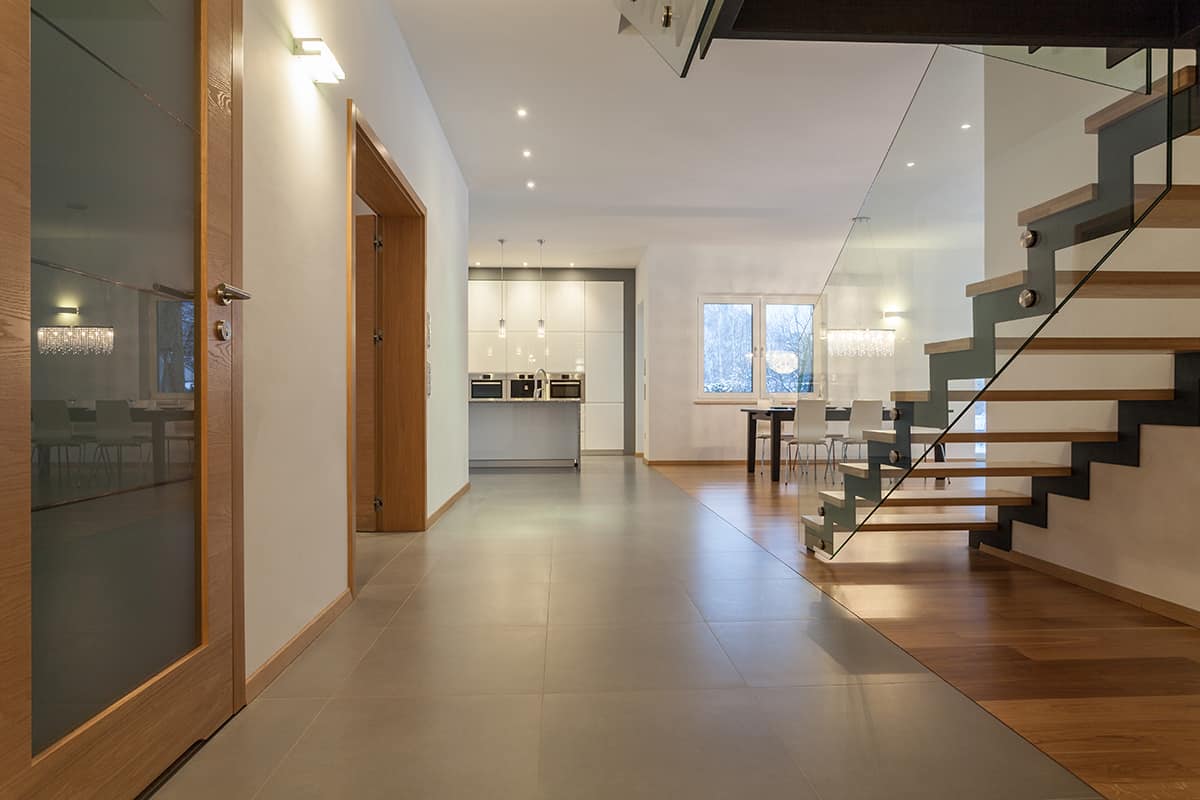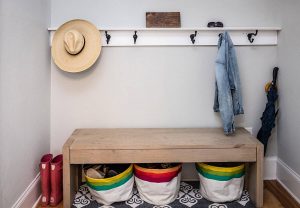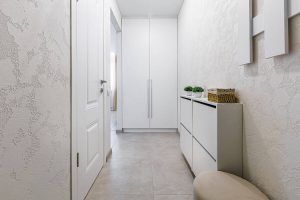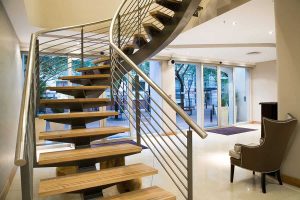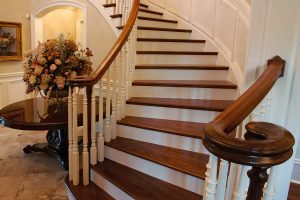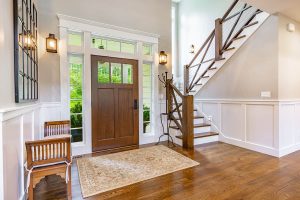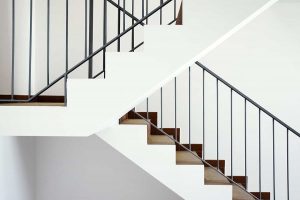Stair banisters were once purely a functional component of homes to help support people when using the stairs and to prevent anyone from falling off the edge of a staircase. Nowadays, while still maintaining an important safety role, stair banisters have also become a design feature in home decor.
If you want to improve the look of your staircase, then replacing the stair banister is the single most effective way to do this. Swapping out a wooden banister for a metal railing can completely transform the look of a space, or even just painting the banisters in a fresh color can work wonders.
You may also be looking at replacing a stair banister if you have one which is damaged or looking shabby, in which case you have plenty of options available to you in various styles and at various price points.
Replacing a stair banister can be a very expensive project, but there are also ways to reduce the cost, for example, by choosing a material that is cheaper to source.
Here we look at the different materials you can use when replacing a stair banister and the different levels of costs you can expect to encounter when embarking on this project.
What is a Stair Banister?
On an interior staircase where the stairs are not flanked on either side by walls, you will usually have a stair banister on at least one and sometimes both sides. The part of the stairs made up of spindles and a handrail is usually referred to by most people as a ‘banister’; however, from a technical point of view, the banister is actually only the handrail that sits on top of the spindles.
The banister is the part that you would hold onto for support when ascending or descending the stairs, rather than the entire structure.
When you start to look into the costs of replacing a banister, it’s good to be clear about which part of the stairs this refers to so that you don’t get misled or confused about the costs involved.
Typically when most people talk about replacing their stair banister, they mean that they want to replace the entire structure, spindles, and all, but of course, this is going to be a more costly and involved project compared to just replacing the actual banister handrail.
The costs described below include the replacement of the entire banister structure, including handrails, base rails, and spindles or panels.
Spindle Replacement
If a few spindles have come loose in your banister, then you don’t necessarily need to replace the whole thing. Instead, you can just source some new spindles that match the old ones and have somebody professionally install them, or they could re-install the original loose spindles if they are still in good condition.
Many people worry when a spindle comes loose because they think the integrity of the stair rail is going to be compromised, but in fact, spindles do not support the handrail and are actually only there as a barrier to stop people from falling off the edge of the staircase.
Banister Materials
Irrelevant of how much work you need doing on your banister, the materials you choose are going to be the biggest factor in deciding the cost. Some materials are more sought after or more durable than others, and as such, these materials can demand a higher price.
Wooden spindles and banisters are the most common materials you will find used to construct stair banisters, but even within this, the costs can vary dramatically according to which type of wood you opt for.
Pine
If you plan to paint your banister and spindles, then the type of wood may not be of great importance to you because you aren’t going to see the color or the woodgrain once the project is finished.
If this is the case, you could opt for the most inexpensive type of wood for your spindles and handrail, which will be pine. Pine is a softwood that is one of the cheapest types of lumber to buy. It is lightweight and easy to work with, and these benefits make it widely used in furniture production.
However, it is also easily dented or scratched, is not durable, and has a very pale yellow color that will frequently have dark brown knots on it. The look of pine is not seen as appealing to most people; however, if you plan to paint or stain your spindles and banister, then this will be irrelevant.
A single pine spindle can cost as little as $3, while the banister handrail will typically cost between $50 and $70. The overall cost of materials for a new pine banister will be quite low; however, the cost of labor is likely to be several hundred dollars which will mean the total cost will be an average of around $600.
Oak
An oak banister is going to cost more than a pine banister because this is a stronger, more sought-after wood with a more attractive appearance and a better overall reputation.
Oak wood is a favorite among homeowners for all types of projects such as hardwood floors, paneling, and furniture, because it has an appealing grain and a warm yet understated medium brown color.
Oak is known for being durable and long-lasting, so people are generally happy to pay more for it compared with other wood types, knowing they are getting a better product for their money.
Compared to the cost of pine spindles, which is as low as $3 per spindle, you can expect to pay between $15 and $20 for an individual oak spindle.
The banister handrail will be around $200, and the baserail will cost a similar amount. When you also add on the cost of labor, replacing a banister with a new oak banister is going to cost around $1500.
If you also want the oak to be sealed or stained, then you will be looking at an additional $30 to $40 per hour.
Aluminum
Wood has long been the standard material used for stair banisters, but metal is growing in popularity as a contemporary alternative. As well as providing a more modern aesthetic, metal is typically lower maintenance than wood and more long-lasting.
Aluminum is a great choice of material for stair banisters because it is inexpensive, strong, and pretty much maintenance-free. It won’t rust because it is impervious to moisture, unlike wood which is able to absorb moisture and potentially rot or swell in humid environments.
Aluminum is also ideal if you are installing a new balustrade yourself because it is lightweight and easy to work with. You can find aluminum balustrade kits in various colors and finishes at very reasonable prices.
Typically you can expect to pay around $8 per aluminum spindle or rail or between $70 and $80 per linear foot of the staircase. This makes it more affordable than oak, and the banister will also have a longer life expectancy than wooden alternatives.
Steel
Steel is one of the strongest materials available, so if you want a metal staircase type that is never going to bend, warp, and scratch, then steel is your best option.
A steel banister is going to cost more than an aluminum banister, but it is still quite reasonably priced, considering the fact that it should last a lifetime. You can expect to pay around $12 per railing or between $70 and $120 per linear foot on a steel stair banister; however, this cost is going to vary depending on the type of steel you choose.
Stainless steel will cost more as it has extra benefits and is more desirable as a decor material. You can also mix steel with other materials for a staircase. For example, use steel for the handrail and glass for the barrier beneath the handrail for a stylish and modern look.
Wrought Iron
Like other types of metal used for stair banisters, wrought iron is durable and low maintenance. However, it is among the most expensive types of metals used for this purpose, with an average cost of $100 to $900 per linear foot of the project.
Glass
Glass panels in stair banisters have grown in popularity over the last decade as an alternative material in homes to wood and metal. Glass panels at the side of stairs create a sleek and stylish look that is contemporary and minimalist.
They allow light to travel through the panels so that shadows aren’t created in the space, and they help the room to have a better flow since eyelines aren’t interrupted.
The typical cost of a glass panel for a staircase is around $300, while each panel bracket will be around $40. The total cost is going to depend on the length of your staircase and whether you need the glass panels to continue onto the landing space. You will also need to add labor costs to the project.
